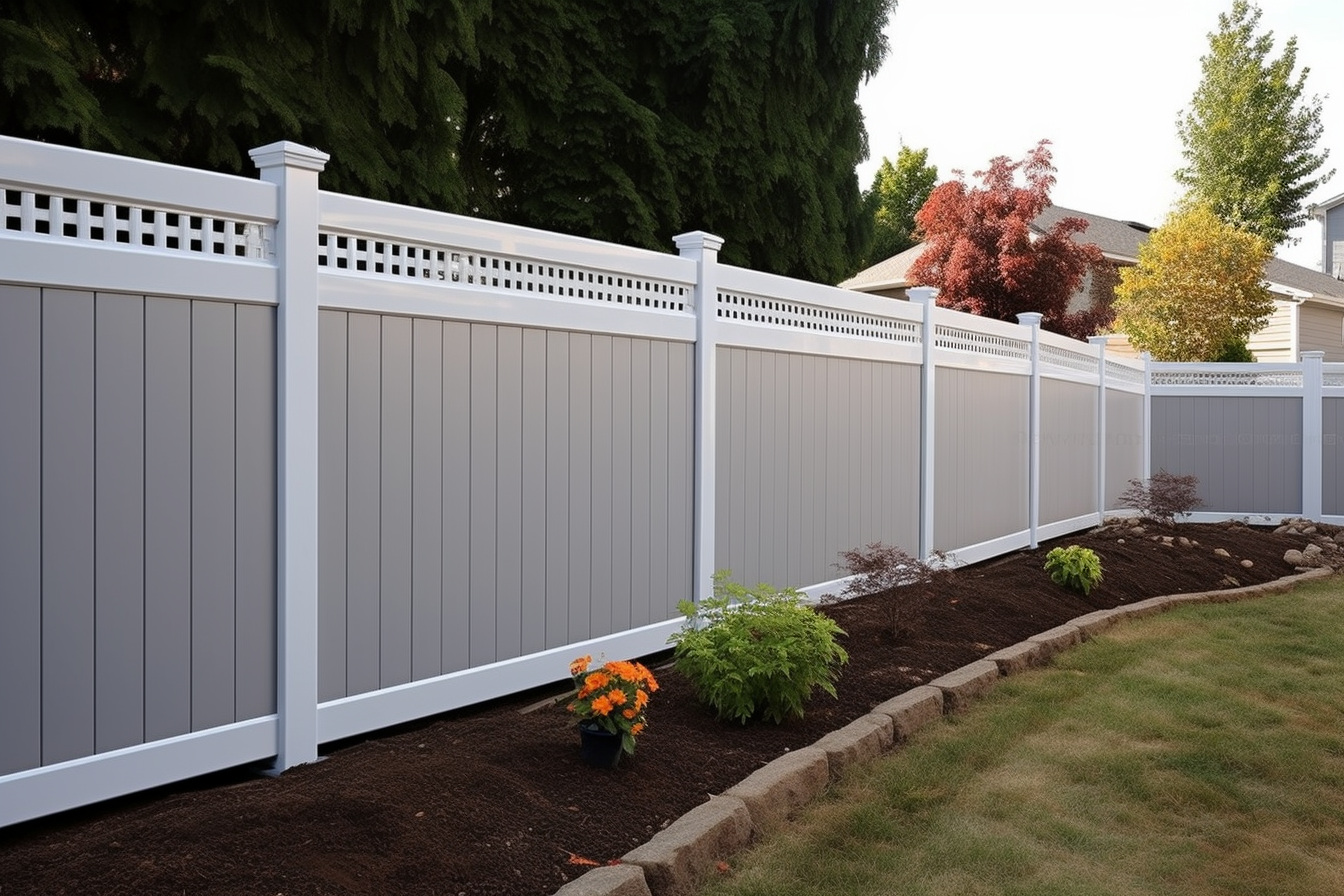Enhancing Your Outdoor Oasis: The Ultimate Guide to Privacy Panels
Creating a secluded and stylish backyard space has become increasingly popular as homeowners seek to maximize their outdoor living areas. Privacy panels offer an excellent solution for those looking to carve out a personal retreat within their property. This comprehensive guide will explore the benefits of outdoor privacy panels, material options, selection criteria, installation tips, and trending styles for 2025.

What are the benefits of outdoor privacy panels for backyard spaces?
Outdoor privacy panels serve multiple purposes in creating a more enjoyable and functional backyard environment. First and foremost, they provide a sense of seclusion, shielding your outdoor activities from prying eyes and creating a more intimate atmosphere. This increased privacy allows you to relax, entertain, or engage in personal activities without feeling exposed to neighbors or passersby.
Beyond privacy, these panels can also act as windbreaks, reducing gusts that might otherwise disturb your outdoor experience. They can provide shade in strategic areas, making your backyard more comfortable during hot summer days. Additionally, privacy panels can serve as attractive design elements, enhancing the overall aesthetic of your outdoor space and potentially increasing your property value.
What materials are commonly used in privacy panel construction?
When it comes to privacy panel construction, there are several materials to choose from, each with its own set of advantages:
-
Wood: A classic choice, wood panels offer a natural, warm appearance that blends well with most outdoor settings. Cedar and redwood are popular options due to their natural resistance to decay and insects. However, wood requires regular maintenance to prevent weathering and rotting.
-
Metal: Aluminum and steel panels provide a modern, sleek look and are highly durable. They require minimal maintenance and can withstand various weather conditions. Metal panels can be perforated or designed with intricate patterns for added visual interest.
-
Composite: Made from a mixture of wood fibers and recycled plastic, composite panels offer the look of wood with enhanced durability and lower maintenance requirements. They resist fading, warping, and rotting, making them an excellent long-term investment.
-
Vinyl: Lightweight and affordable, vinyl panels are resistant to moisture and require little upkeep. They come in various colors and styles, though they may not offer the same high-end appearance as other materials.
How do you choose the right size and design for your space?
Selecting the appropriate size and design for your privacy panels involves several considerations:
-
Space layout: Measure the area where you plan to install the panels, considering any obstacles or existing structures. Determine whether you need full or partial coverage.
-
Height requirements: Check local zoning laws for any restrictions on fence or panel heights. Generally, panels between 6 to 8 feet tall provide adequate privacy for most settings.
-
Aesthetic preferences: Choose a design that complements your home’s architecture and existing outdoor decor. Consider whether you want a solid panel for maximum privacy or a slatted or lattice design for a more open feel.
-
Functionality: If you’re using panels for specific purposes like creating an outdoor room or hiding utilities, factor these needs into your design choices.
-
Light and airflow: Consider how the panels will affect natural light and air circulation in your outdoor space. Adjustable or partially open designs can help balance privacy with environmental factors.
What are some installation tips for ensuring stability and weather resistance?
Proper installation is crucial for the longevity and effectiveness of your privacy panels:
-
Foundation: Ensure a solid foundation by setting posts in concrete at least 2 feet deep, or as recommended for your specific panel type and local soil conditions.
-
Weather protection: Apply weather-resistant sealants or finishes to wood panels. For metal panels, ensure they’re properly galvanized or powder-coated to prevent rust.
-
Spacing: Leave small gaps between panels or slats to allow for expansion and contraction due to temperature changes.
-
Hardware: Use high-quality, corrosion-resistant hardware suited for outdoor use.
-
Professional help: For complex installations or if you’re unsure about the process, consider hiring a professional to ensure proper setup and stability.
-
Maintenance plan: Establish a regular maintenance schedule to check for any damage, loose fittings, or signs of wear and tear.
What are the trending privacy panel styles for 2025?
As we look towards 2025, several privacy panel trends are emerging that blend functionality with modern outdoor decor:
-
Vertical gardens: Living walls that incorporate planters into privacy panels, offering a lush, green barrier that doubles as a mini ecosystem.
-
Mixed materials: Combining different materials like wood and metal for a textured, contemporary look.
-
Geometric patterns: Laser-cut metal or composite panels featuring intricate geometric designs that create visual interest while maintaining privacy.
-
Smart panels: Technologically enhanced panels that can adjust opacity or even display digital art or landscapes.
-
Modular systems: Customizable panel setups that can be easily reconfigured to adapt to changing needs or preferences.
-
Sustainable options: Eco-friendly materials and designs that minimize environmental impact and maximize energy efficiency.
By incorporating these trends and considering the various aspects of privacy panel selection and installation, you can create a secluded, stylish, and functional outdoor space that enhances your home and lifestyle. Whether you’re looking for a simple solution or a statement piece, privacy panels offer versatile options to transform your backyard into a personal oasis.




